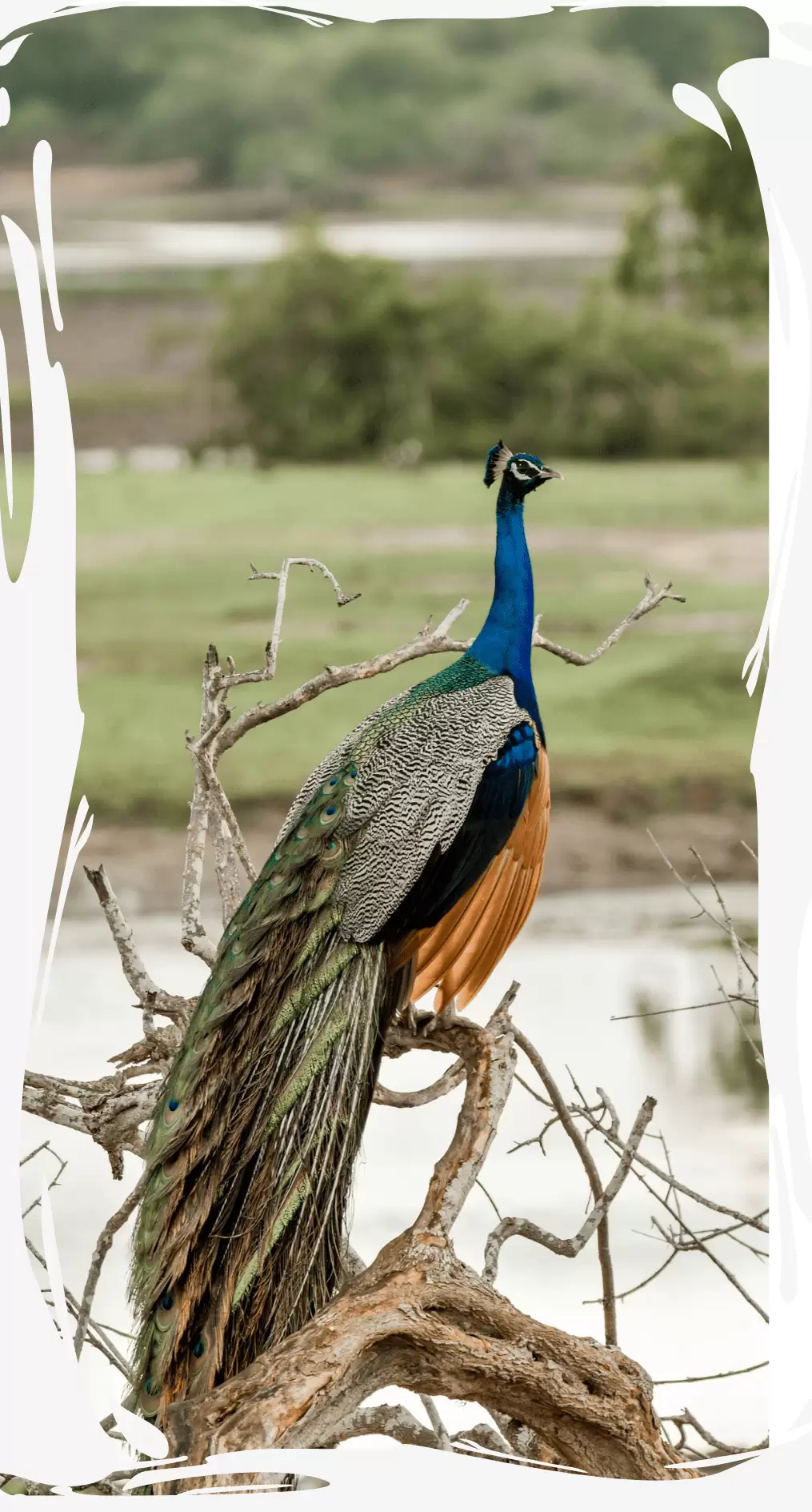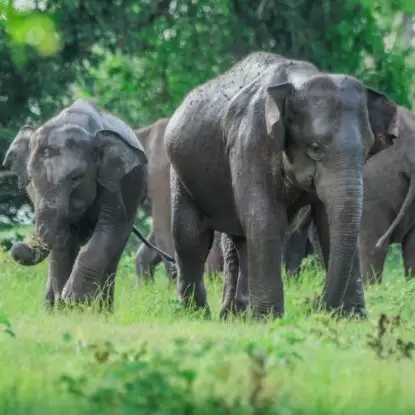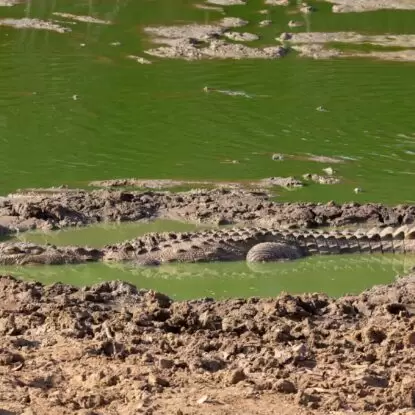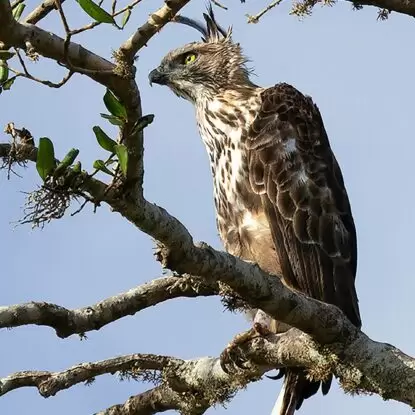Yala National Park in Sri Lanka teems with diverse wildlife including elephants, leopards, birds, reptiles, and a variety of flora.
YALA NATIONAL PARK
This National Park has a rich history dating back centuries. Originally a hunting ground for ancient kings, it later evolved into a protected area during British colonial rule in Sri Lanka. Established as a wildlife sanctuary in 1900, it was declared a national park in 1938. Over the years, Yala has played a vital role in conservation efforts, safeguarding the country’s diverse flora and fauna. Despite challenges such as poaching and habitat loss, Yala continues to thrive as a symbol of Sri Lanka’s commitment to preserving its natural heritage, attracting visitors from around the world to marvel at its beauty.This National Park experiences a tropical climate characterized by hot and humid conditions year-round. It has a distinct dry season from May to September and a wet season from October to January, with occasional monsoons.



Elephants
This Park is famed for its flourishing elephant population. These majestic creatures roam freely within the park’s boundaries, often seen near water sources or grazing in open plains. Observing these gentle giants in their natural habitat is a highlight of any visit to Yala


Reptiles
Yala Park harbors diverse reptiles including crocodiles, snakes, and monitor lizards. Mugger crocodiles glide stealthily in its waterways while sleek snakes slither through the undergrowth. lizards, with their distinctive markings, bask in the sun, adding to the park’s reptilian charm.


Birdlife
It hosts over 200 bird species, including the colorful Indian peafowl, endemic Sri Lankan junglefowl, and rare black-necked stork. Birdwatchers can spot diverse avian life, from vibrant parakeets to majestic raptors, making it a haven for bird enthusiasts.


Leopards
This National Park in Sri Lanka is renowned for its leopard population, boasting one of the highest densities in the world. Visitors can sometimes catch glimpses of these elusive big cats as they roam through the park’s diverse landscapes
Yala National Park, located in the southeastern region of Sri Lanka, is one of the country’s most famous wildlife reserves. Spanning over 979 square kilometers, it is renowned for its diverse ecosystems, including dense forests, grasslands, lagoons, and wetlands. The Yala National Park is divided into five blocks, but only two are open to the public. Yala is most known for its high density of Sri Lankan leopards, making it a prime spot for spotting these elusive big cats. In addition to leopards, Yala is home to many other animals. Elephants, crocodiles, sloth bears, and a variety of bird species are common sights. The park is a birdwatcher’s paradise, with species such as painted storks, pelicans, and peacocks frequently seen. The lagoons and beaches within Yala National Park also attract marine life, including sea turtles. Yala National Park Safari tours are the most popular way to explore Yala, allowing visitors to experience the rich biodiversity while staying safe.
The Yala National Park vegetation is equally diverse. Yala features monsoon forests, thorny shrubs, and grasslands. During the dry season, the park’s watering holes become essential spots for animal sightings, as many creatures gather to drink. This variety of habitats supports a wide range of species, making Yala a must-visit for wildlife enthusiasts. Visitors to Yala can choose between half-day or full-day safaris. Jeep safaris are the most popular, providing an open and elevated view of the surroundings. The best times for safaris are early morning and late afternoon when animals are most active. The Yala National Park entrance fees go towards conservation efforts. Yala National Park helping to protect the wildlife and habitats within the park.Aside from wildlife, Yala holds historical and cultural significance. The Sithulpawwa Rock Temple, an ancient Buddhist monastery, is located within the park. Dating back over 2,000 years, the temple offers a glimpse into the island’s spiritual history. The park also has several ancient ruins, reminding visitors of the civilizations that once thrived in the area. Yala experiences a tropical climate, with a distinct dry season from May to September. During this time, the park becomes drier, making it easier to spot animals as they congregate around water sources. The monsoon season from October to January brings heavy rains, transforming the park’s landscape and making some areas inaccessible.
Accommodation options near Yala range from luxury lodges to budget-friendly guesthouses. Many visitors choose to stay in the nearby towns of Tissamaharama or Kataragama, which offer easy access to the park. These towns provide a range of facilities and services, making them convenient bases for exploration. Conservation efforts in Yala are crucial. With the park’s popularity increasing, there is a growing emphasis on sustainable tourism to minimize human impact on the environment. By adhering to responsible tourism practices, visitors can contribute to preserving Yala’s unique ecosystems.Yala National Park is not just a wildlife sanctuary; it’s a testament to Sri Lanka’s natural beauty and biodiversity. Whether you’re interested in spotting leopards or exploring ancient temples, Yala offers a memorable experience for every traveler.


